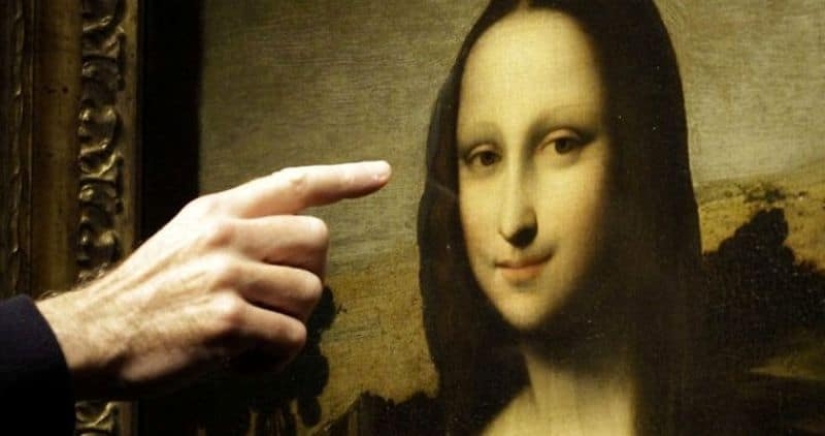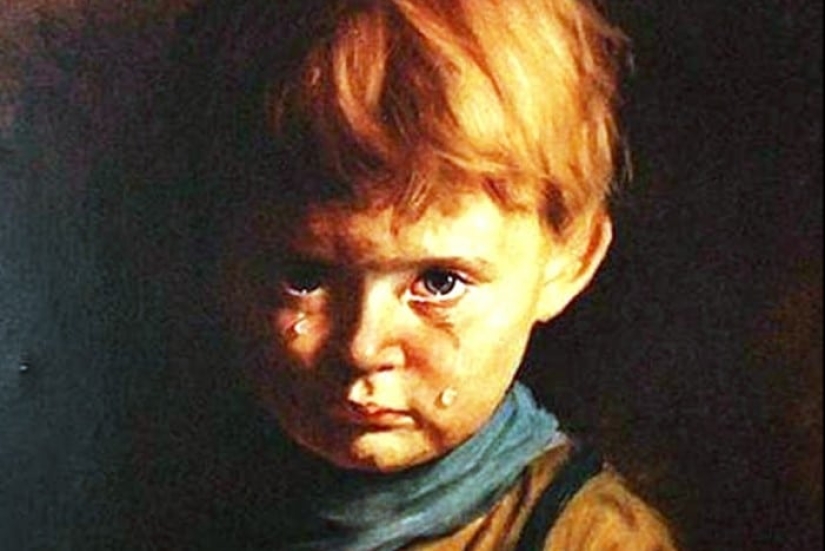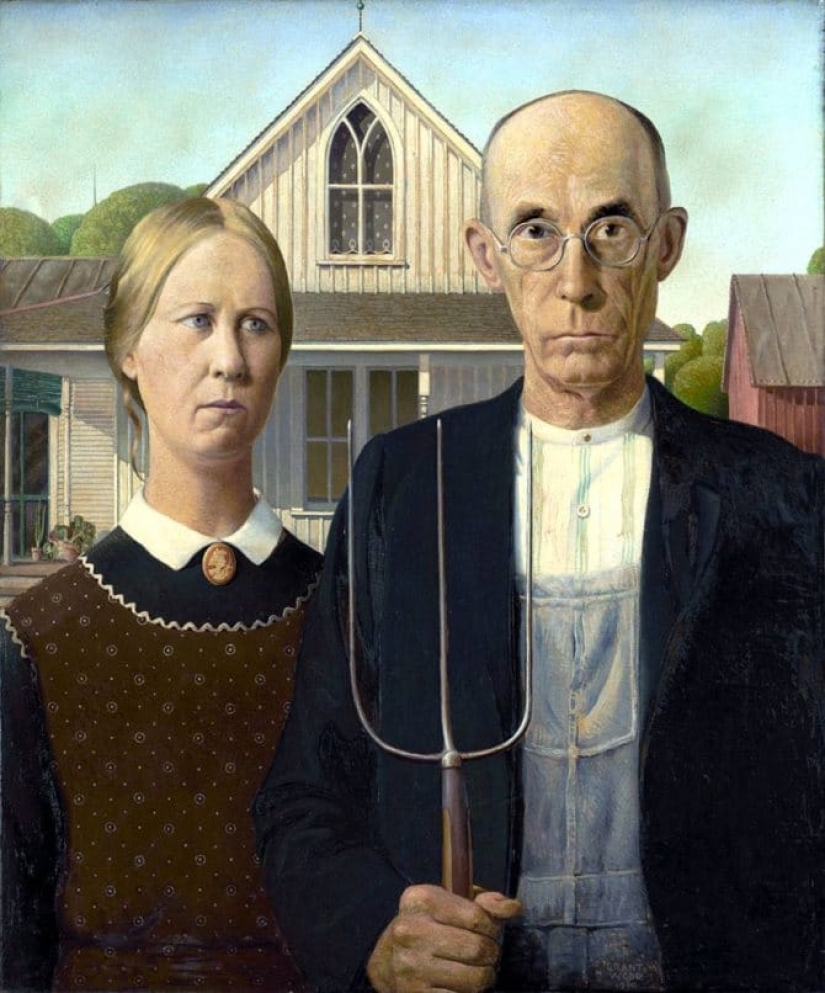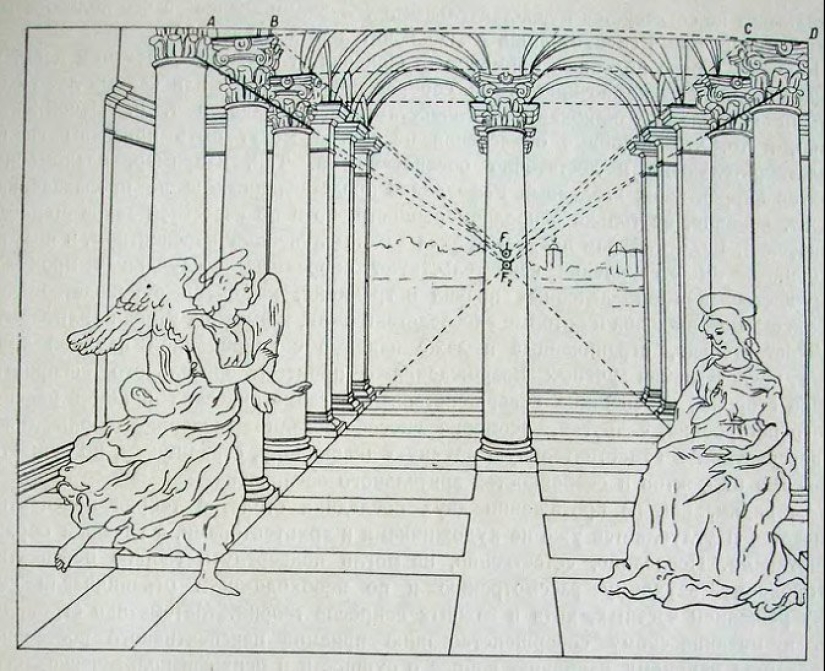Why do the eyes in the picture follow you wherever you go
Categories: Design and Architecture | Exhibition
By Pictolic https://pictolic.com/article/why-do-the-eyes-in-the-picture-follow-you-wherever-you-go.htmlPerhaps you have noticed in a museum or gallery that the characters of the paintings are looking at you intently and accompanying you with their gaze. This effect is familiar to many connoisseurs of painting. Such a "lively" look looks creepy, especially if the canvas is more than one century old. It seems to us that the "tracking gaze" is the result of the skill of great painters, but it's not about talent. Scientists at Utrecht University in the Netherlands have revealed to the world a secret that has confused people for many centuries.

It turns out that God's gift has nothing to do with it at all. Even a novice artist who is well acquainted with the rules of perspective construction can write eyes that follow the viewer. The artist is required to create the illusion of depth, in which the person in the picture will seem voluminous.

At the same time, the look of the character's eyes should be directed just in front of him, directly at the viewer standing in front of him. The combination of volume and such a look creates an optical illusion. Only visual perception is responsible for it, that is, it's not about the picture, but already about us.
When the observer moves, only his position in space changes. At the same time, the perspective, shadows and light in the picture remain the same. The eyes, directed straight, will follow the viewer wherever he is. At the same time, if there are several people in the museum hall, everyone will have this feeling. A two-dimensional image cannot be seen from the side, so we will always see the view from the picture.

Dutch scientists conducted several experiments with old canvases and specially painted paintings for research. As a result, they found out that if the person in the picture looks not straight, but to the side, up or down, the illusion does not work.
Filippo Brunelleschi is considered the discoverer of this simple but effective technique. This Italian architect, sculptor and artist began using the illusion back in the 14th century.

The medieval genius, long before the beginning of the enlightened Renaissance, proposed the concept of "linear perspective". It consists in the fact that all the lines of the picture should converge at one remote point on the horizon.

Brunelleschi's technique gives the picture the illusion of depth, which seems like a miracle to ordinary viewers. This applies not only to drawings and landscapes, but also portraits. Add here the virtuoso work with light and shadow and the same "tracking gaze". Now you understand why it's creepy to be alone with some canvases.
Medieval painters in general were great masters of illusions, probably more skillful than modern ones.
Recent articles

Winter is a special time of the year, someone is afraid of her, someone is waiting for snow days to build a snowman or go down the ...

The heroes of their photos are used to humiliate others, cheerfully and carelessly shoot everything on the phone and post the ...

Every day, photographers around the world are looking for new ways to tell stories or capture something we haven't noticed ...